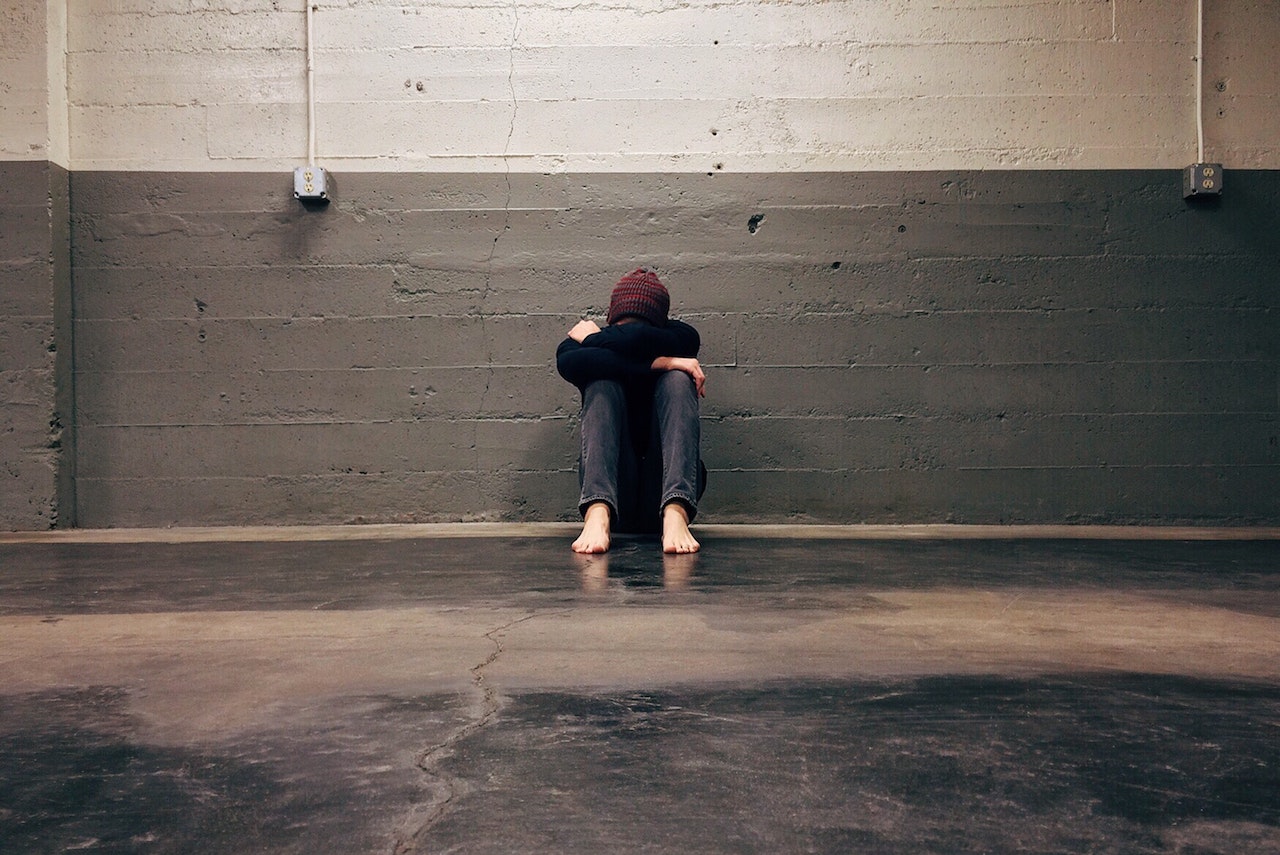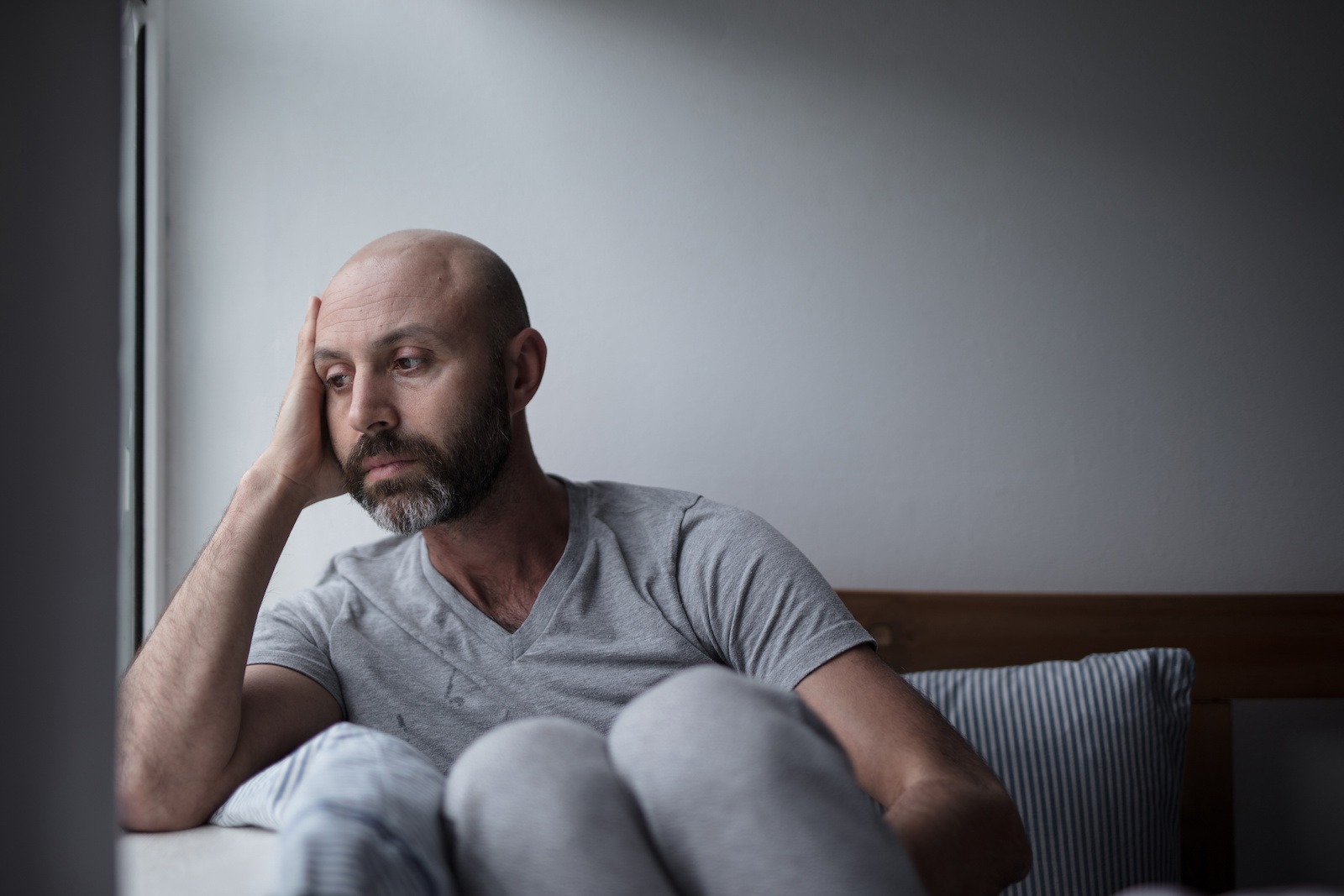Detox | 6 min read
Withdrawal From Xanax: What It Looks Like, Timeline, & How To Detox Safely
Medically Reviewed By

On August 27, 2022
Written By
On April 13, 2022

Drug detoxes are a difficult time for a drug user. It is a time in which the drugs that have been metabolized in the body over a long time are flushed from the body’s system. It is the body detoxifying the drugs that are inside.
Xanax is a common drug prescribed for anxiety, but due to its highly addictive nature and tendency for abuse, Xanax is a highly monitored drug. People prescribed Xanax are monitored by their doctors to ensure that their patient does not develop a Xanax addiction.
Even a person who does not develop a Xanax addiction can experience a Xanax withdrawal. Simply being on the drug for an extended amount of time puts the person at risk of experiencing withdrawal during the detox.
Due to this, doctors and scientists have created ways in which a person can experience Xanax withdrawal in a safe and highly controlled environment. This is because many people who were prescribed Xanax were experiencing withdrawal after their prescription ended and found it incredibly difficult to handle.
Xanax is also abused by people for whom it is not prescribed. People who abuse Xanax are often buying it from someone else illegally. Because of this, people who use Xanax illegally often face a much steeper climb uphill when dealing with Xanax withdrawal.
Please read on to learn more about Xanax withdrawal, the detox time, and how to detox safely.
What Are The Xanax Withdrawal Symptoms?
Xanax is a drug that affects the central nervous system. It is a depressant that is meant to slow down the body. As a result, the heart rate decreases, blood pressure decreases, and the body temperature cools.
Xanax does this to reduce stress, anxiety, or panic attacks in people diagnosed with anxiety or panic disorder. Xanax is also used as a preventative measure for people with epilepsy to prevent seizures.
Over time, the person who is taking Xanax daily will experience a dependency on Xanax. Their body becomes accustomed to running slower. The brain adjusts to the drug and changes its habits so that it functions slower and at a pace that the depressant set.
Thus, if the drug is quickly removed and not replaced, the body’s functions will increase back up to the rates they were at before the drug was introduced. This means that heart rate will increase, blood pressure will go up, the body’s temperature will rise, anxiety and panic will increase, and the risk of seizure will increase.
Beyond the physical lack of medication a person will experience when detoxing from Xanax, there are also withdrawal symptoms. Withdrawal happens when the body becomes chemically dependent on a foreign substance. In this case, it is Xanax. The symptoms of Xanax withdrawal are as follows:
- Headaches
- Shakiness or tremors
- Numbness in the fingers or toes
- Trouble sleeping
- Seizures
- Excessive sweating
- Heartbeat irregularity or heart palpitations
- Blurry vision
- Muscle soreness or pain
- Diarrhea
- Light sensitivity
- Sound Sensitivity
- Decreased appetite
These can occur once the body does not receive its next dose of Xanax. If you begin to feel these symptoms after missing a dose of Xanax, you may be suffering from a Xanax addiction. It can be hard to tell if you are suffering from Xanax addiction because many of these symptoms can be chalked up to external reasons. It is even easier to miss the signs of an addiction when it is a prescription drug prescribed to you by your doctor, which is why your doctor will monitor you closely when you are prescribed Xanax.
How Long Does Xanax Withdrawal Last?: Timeline & Side-Effects Of Detox
Xanax is a drug in the benzodiazepine family and is a short-acting drug. This means that it has an average half-life of approximately 11 hours. Therefore, approximately 6 to 12 hours after the last dosage of Xanax, withdrawal symptoms can begin if a new pill is not taken.
The withdrawal symptoms start within the first 6 to 12 hours after the last dosage of Xanax. This is the detoxification time. During this time, the body will begin to flush out the Xanax, creating a depletion in the drug levels in your body. This is why the body begins to freak out. Suddenly, the drug it relied on to function is no longer there.
Next is the general stage of withdrawal. This stage lasts 1 to 4 days and is when the acute withdrawal symptoms typically begin. Acute withdrawal symptoms can include anxiety attacks, panic attacks, depression, suicidal thoughts or actions, moodiness such as irritability or jumpiness, insomnia, difficulty focusing, blackouts or memory loss, hallucinations, sensitivity to sensory input, and more.
After the acute withdrawal symptoms subside after approximately 4 days, the peak symptoms will begin. The withdrawal peaks typically begin around week 2 and can last up to a month or more.
The last part of Xanax withdrawal is the subside, which can last months or years. This is when a person can still feel psychological cravings for the drug after the drug has left the body. This is why it is very difficult for an addict to take a drug without becoming addicted. If someone is in the subside section of withdrawal and begins to take prescription or illegal Xanax again, they will most likely become addicted all over.
Safest Way To Mitigate Xanax Withdrawal Symptoms
One of the good things about Xanax is that there are ways to mitigate withdrawal symptoms and prevent a person from having an extreme case of detoxification withdrawal. Often, a person prescribed Xanax will undergo gradual weaning from the drug.
This is done under close supervision from their health care provider, such as a doctor or a psychiatrist. During this time, the prescription dosage will slowly be lowered over several months or weeks. As the dosage decreases, the body can slowly return to its pre-drug state. The person will not experience severe withdrawal symptoms because there is no extreme drug deficit in their body.
This is undoubtedly the safest way to mitigate withdrawal symptoms from Xanax. It is a way in which a medical professional can monitor symptoms, make adjustments according to a patient’s reaction, and supervise any extreme reactions.
If someone takes Xanax without a prescription, they may not have the option of relying on professional medical guidance. This can make a withdrawal a much more difficult time. As stated earlier, there are several physical and psychological reactions to withdrawal so that a person can be hit with a wave of hard-to-identify physical and emotional feelings.
If a person such as you or a loved one is addicted to taking Xanax for which they have no prescription, then there are some things you should do to try and help yourself feel better.
One thing you can do is to self-adjust the amount of Xanax you are taking. This means slowly reducing the amount of Xanax you are taking over several months. This is like a homemade version of a gradual weaning a doctor would do.
This is one of the best ways to deal with Xanax addiction by yourself. However, dealing with a Xanax addiction is not just about getting yourself off drugs. It is also about fighting a psychological addiction, which is where many illegal Xanax users struggle.
The psychological effects of addiction are very intense. We are human beings, and our psychological and socio-emotional needs are crucial to survival. It is easy to fall back on bad habits when no one is watching because we do not run the risk of ridicule from our peers. No one will sanction our poor behavior or self-sabotage if they are not there to see it.
We fear critique more than we crave praise. Thus we need to be observed and our behavior analyzed to ensure we stay true to the path we claim we want to be on. Addiction is so intense that you can want to get clean and relapse anyway.
That is why another thing you can do is to communicate with friends and loved ones about your Xanax addiction. Explain to them that you are trying to get clean and will be experiencing withdrawal for the next few months. This way, you can have a group of people checking up on you and monitoring you as you go about this. Of course, this does not address the psychological need for the drug.
The best way to handle the psychological cravings and reliance on Xanax is to seek professional help. If you are suffering from Xanax addiction, you deserve to get professional and serious help. Please contact a premier detox facility to talk to our team about Xanax withdrawal and Xanax addiction. Everyone deserves to live a life free from the control of drugs, and you are no exception.
Ascendant New York Editorial Guidelines
Here at Ascendant New York, we understand the importance of having access to accurate medical information you can trust, especially when you or a loved one is suffering from addiction. Find out more on our policy.
- Osborn CO. How Long Does Withdrawal From Xanax Last? Verywell Mind. Published January 2, 2022. Accessed August 27, 2022. https://www.verywellmind.com/xanax-withdrawal-4685921





